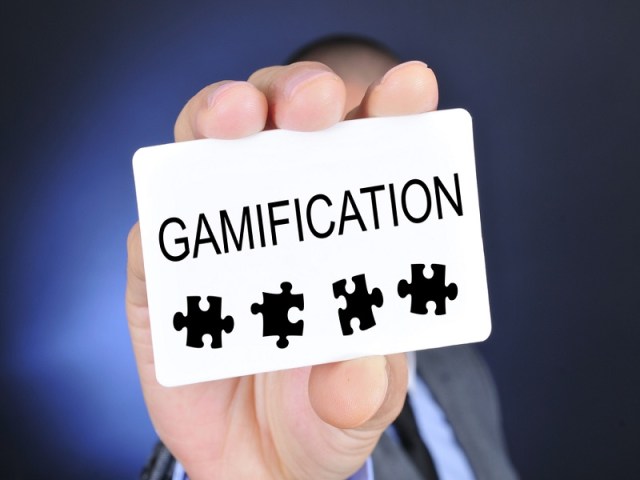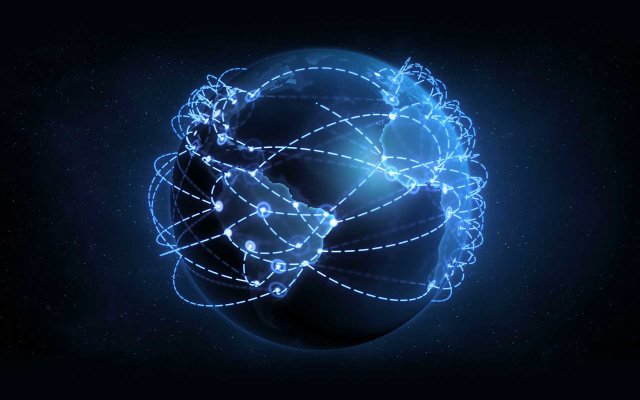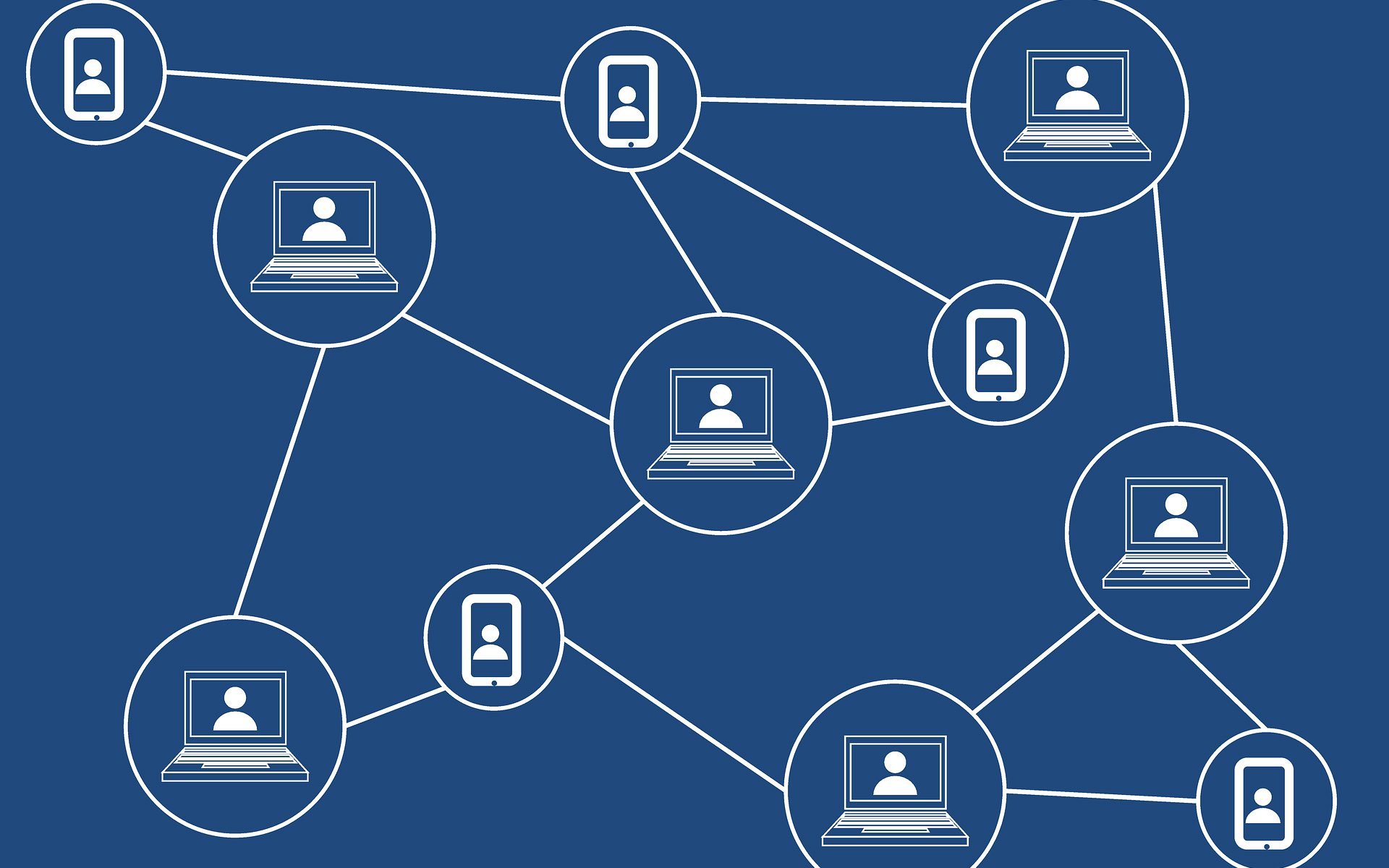
Gamification, the act of layering game-like features onto a platform, is a powerful tool when combined with blockchain technology.
Marketing paradigms in the online world shift so rapidly that it’s hard even for professionals to discern which channels are best for reaching certain target audiences. As old strategies gradually lose their efficacy, new ones are constantly created that are ultimately positioned to improve engagement. One of the most advantageous methodologies that has been put into practice is gamification, or the idea of adding game-like features on websites, applications, and user communities with the intent of increasing participation and overall interaction.

Gamification has shown that it is a very serious tool for businesses and marketers bent on appealing to their target audiences and finding innovative ways to grow the top of the lead funnel. However, with the advent of blockchain and the micro-economies that are sprouting up within this new architecture, gamification can be taken to a whole new level, helping incentivize direct participation in these ecosystems. The numerous technological advantages of blockchain, combined with the engaging power of gamification, means that the two are natural partners, helping businesses overcome existing obstacles and streamline their activities.
Disrupting the Balance
Although less than a decade old, blockchain technology has already proven to be a significant catalyst for disruption across multiple industries. From logistics to facilitating cross-border transactions, this new technological framework has shown tremendous potential to decentralize and challenge highly entrenched industries. Blockchain’s decentralized nature delivers several notable benefits to companies, including a more transparent way to record transactions, better infrastructure for hosting services, and improved security measures.
From a marketer’s perspective, blockchain also carries several noteworthy advantages, chief among them being better ways to store and secure user data. With the topic of information security and personal privacy more commonplace, blockchain’s cryptographic functionality and decentralized ledger mean that recording and protecting personal information has never been easier. As high-profile breaches like Equifax have shown, companies don’t always take these responsibilities as seriously as they should. By comparison, blockchain could be used to empower individuals to maintain, protect, and sell their own personal data, determining which businesses or parties they wish to share the data with.

One of the most prominent developments, however, has been the tokenization of products and services, helping turn many of these blockchain-based businesses into utilities that benefit the entire ecosystem, service providers, and end-users alike. Nonetheless, the idea of tokenizing utilities has led to some unintended consequences, namely ecosystem participants holding the tokens anticipating appreciation. Instead of deploying them to pay for goods and services, individuals investing for a return create a hole in the model. Instead of engaging users, companies are finding their value-added products ignored in favor of token investment in lieu of use for the valuable services they are delivering.
Blockchain Gets Gamified
As one of the fastest growing trends in retail, gamification has long been a coveted tool by some of the globe’s major businesses. One of the earliest example could be airlines and credit card companies, which built points ecosystems designed to get users to spend and participate, rewarding them with redeemable awards. However, blockchain, and the growing trend towards tokenization of activities, makes gamification a perfect approach for promoting a new micro-economy or utility. One of the primary problems that many companies issuing tokens are experiencing is getting users to spend instead of hold. However, some businesses have uncovered how to effectively combine both blockchain and gamification to nurture greater fungibility while incentivizing spending tokens over saving.
HotNow, the Thailand-based mobile advertising network, has successfully gained hundreds of thousands of users and signed up over fifty thousand merchants since its inception as a platform designed to reach mobile smart phone users with retail deals based on their location. However, by going an extra step and tokenizing their ecosystem with HoToKeN, HotNow is busily improving the interactions and relationships between merchants and consumers. On the one hand, consumers participating in mission-based games will be rewarded with tokens which can unlock valuable discounts and promotions at their favorite retailers. Merchants will be able to test the true elasticity of their prices while gaining valuable insights about user preferences, rounding out a mutually beneficial ecosystem.

Micro-economies akin to the one promoted by HotNow do deliver value to all parties involved. With the rapidly expanding blockchain network identifying actual solutions to real-world problems, the key to unlocking sustainable value in these ecosystems will ultimately depend on the velocity of tokens moving around the system, enabling greater monetization and opportunities for optimization over the long-term. However, to ensure the levels of engagements amongst all participants remains high, gamification has emerged as the most qualifiable strategy to deliver said results.
Delivering on a Marketer’s Wildest Dreams
Blockchain has more than shown its vast potential for revolutionizing a wide berth of activities for businesses and individuals alike. When it comes to commerce, though, the integration of gamification techniques already deployed by many merchants through the closed economies developed on the blockchain promises to go a step further in improving data collection, understanding user preferences, and ultimately capitalizing on this information. Although the industry still has further room to improve on its early ambitions, from a marketer’s perspective, these leaps represent a tremendous advantage for developing more sustainable outreach efforts that are far more quantifiable all while delivering more targeted results.
This is a guest column for Bitcoinist.com. Please note that Bitcoinist does not endorse and is not responsible for or liable for any content, accuracy, quality, advertising, products or other materials on this page. Readers should do their own research before taking any actions related to the company.
Images courtesy of Pixabay and Bitcoinist archives.


















